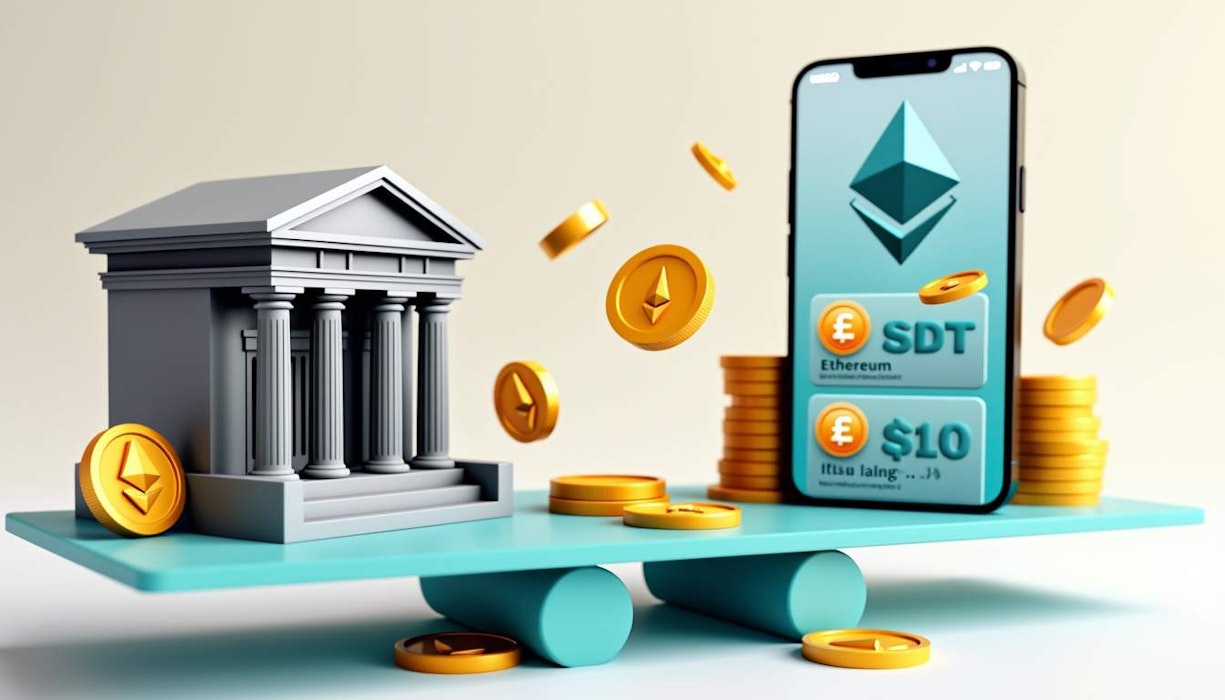With inflation rates skyrocketing around the globe, many of us are scrambling to find ways to protect our hard-earned cash. Enter cryptocurrencies. These digital assets, especially stablecoins like USDT, are starting to look pretty appealing as potential shields against economic chaos. But it's not all sunshine and rainbows in the crypto world. Let's break it down.
The Double-Edged Sword of Inflation
Inflation is basically that annoying tax on our wallets that makes everything more expensive over time. And when it hits hard, traditional fiat currencies can take a nosedive in value. That's where cryptocurrencies come into play. Unlike your average dollar bill, many cryptos are decentralized and have fixed supplies—think Bitcoin or Ethereum—which can help them hold their ground.
US Stablecoins: The Safe Harbor?
Stablecoins like USDT are designed to be just that—stable. They're pegged to assets like the US dollar, making them an attractive option for those looking to weather the storm of hyperinflation. In countries where local currencies are crumbling faster than you can say "economic collapse", these coins offer a lifeline.
Take Venezuela, for example. The bolivar has been through so much devaluation that citizens have turned to Bitcoin and stablecoins as a means of preserving whatever wealth they have left. The same goes for Zimbabwe, where people are flocking to these digital currencies for security and ease of transaction.
New Crypto Exchanges: Your Gateway to Inflation Resistance
The rise of new crypto exchanges is another interesting angle in this narrative. Platforms like Binance and Coinbase make it easier than ever for folks to buy into cryptocurrency and diversify their portfolios away from traditional assets that might be losing value.
Decentralization: A Buffer Against Manipulation
One of the coolest aspects of cryptocurrencies is their decentralized nature; no central authority can dictate their supply or value. This feature makes them less susceptible to the kinds of inflationary pressures that can hit fiat currencies controlled by governments or central banks.
By providing access to these decentralized assets, crypto exchanges are essentially giving people a tool to counteract inflation's damaging effects.
UK Inflation's Ripple Effect on Global Crypto Trading
Now let's talk about how UK inflation is affecting things on a broader scale. As prices surge in the UK—thanks in part to post-pandemic supply chain issues and geopolitical tensions—the Bank of England is forced into some tough monetary policy decisions.
Sentiment Shifts: Are We Going Risk-On or Risk-Off?
These changes don't just stay local; they send shockwaves through global markets, including crypto ones. Higher interest rates might push some investors away from risky assets (hello Bitcoin) back towards safer havens like gold or even cash.
But here's the kicker: during times of high uncertainty, some folks double down on riskier bets as a way of hedging against traditional financial systems collapsing under pressure.
Summary: Navigating the Crypto Landscape Amidst Inflation
So what's the takeaway? As inflation continues its relentless march across economies worldwide, cryptocurrencies present an intriguing alternative—if you're willing to navigate their complexities first.
Digital currencies like USDT offer a semblance of stability in chaotic times while new crypto exchanges facilitate access to these potentially game-changing assets.
Whether you're looking to protect your wealth or simply explore new avenues for investment, understanding this landscape could be crucial as we head further into uncharted economic territory.
